I am returning to South Africa after attending the annual International Primal Association Convention in The USA (and just missed hurricane Irene!!)at which William Emerson presented his workshops and seminars on healing the birth trauma that we may have experienced as babies. The healing is effected through reliving the original trauma and making connections between the present
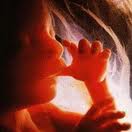
and the primal memories that are stored in our bodies. This process can bring relief to those of us who struggle with the often misunderstood inner anxieties and tensions we feel from day to day. But prevention of trauma and healing of trauma need to happen hand in hand. This post will address prevention!
The medically recognized term ‘birth trauma’ means two things. It is firstly understood to be the trauma a woman may experience before, during or after she gives birth and the presence of symptoms of post traumatic stress disorder after the birth. Given the highly medicalized hospital environment where most women give birth, it is not surprising that many women experience birth as traumatic. The second meaning of the term birth trauma is the traumatic physiological injury to the baby during the birth process, observed as visible injury for example a fractured clavice or swelling of the skin and tissue over the skull (cephalhaematoma). More serious is hypoxic trauma to the baby’s brain caused by lack of oxygen during the birth. This is often associated with maternal stress, prolonged labour and poor socio-economic conditions.
Therefore, a woman’s experience of pregnancy and birth goes hand in hand with the experience of a baby being born – the two events, namely trauma to the mother while giving birth and trauma to the baby while being born are symbiotic and intertwined. One of my clients once said after the birth that she had never before endured such a difficult task at the same time as receiving so much love. Three women loved and massaged her during her labour and the birth of her baby was an empowering ecstatic event for her.
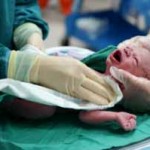
Birth traumais stored in the memory bank of each baby who is born, including ourselves. Each prospective mother and father brings a storehouse of their own traumatic birth memories to the labour and birth of their child. This can create an undue amount of anxiety about the pending process of giving birth that increases the tension in a mother’s body and decreases her confidence. Ironically the medical model of birth has been created as an unconscious fearful response to traumatic imprints held within the collective primal brain of the population at large. Rather than ameliorating the trauma to women and babies, the medical model appears to exacerbate the experience of PTSD among men and women post birth and there are birth trauma associations to support women who suffer symptoms.
Ideally a women deserves the opportunity to heal her own personal birth trauma through counselling and facilitation. Human birth physiology is a wonder of nature and when women are loved, safe and cared for in a society, most women are able to birth their babies without assistance or interference. They require personal one on one midwifery care, a peaceful calm place in which to give birth and confidence in their bodies. The magic of facilitating this process is that a cascade of hormonal and neuro-physiological secretions during labour and birth creates strong feelings of love, ecstasy and euphoria in the mother, baby and father after the birth. It is a critical moment that either creates an imprint of intimacy, well being and social love in the new family, or an imprint of separation, trauma and emotional abandonment. The latter is associated with postnatal depression, and long term child developmental problems.
A woman needs extensive birth preparation with a trusted authentic midwife who protects the physiological process of birth and enables the mother to release the hormones and neuro-chemicals that will allow her to have an ecstatic birth.

The medical model appears to insist on managing and controlling the natural birth physiology. The minute a women steps into an obstetrician’s office or a hospital, she is putting herself at risk of a cascade of unnecessary interventions and side effects. She will be put under pressure to ‘deliver’ on due date, if not she will be induced, which increases the pain of labour, requiring further medical pain relief. Drugs given for pain relief such as pethidine/demerol separate the mother from her baby, leaving him feeling abandoned and have negative long term side effects. An epidural impedes the labour by keeping woman on her back (the worst position for labour) and the drugs infused into the spinal space are transfused to the baby via the placenta leading to long term breastfeeding problems. An epidural is not without risks to the mother and medical negligence IN HOSPITALS harms mothers and babies. A mother forced to give birth on her back diminishes blood supply to the baby by compressing the arteries and veins on either side of the mother’s spinal cord. Lack of privacy, lack of familiarity, the list goes on of interventions not based on the evidence.
I was fortunate to be able to spend some time in London during August and meet two wonderful independent midwives who practice here, Kemi Johnson from and Laura La Roche in the United Kingdom. They understand that when a mother feels safe and loved during her labour, her body softens and expands to allow the passage of a baby. The kindness bestowed, the gentle touch, encouragement with calm voice and equal gaze, observing with quiet presence are gifts given to minimize trauma to the mother, trauma to the baby. Let’s do it ladies!
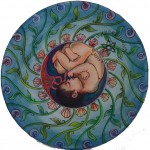
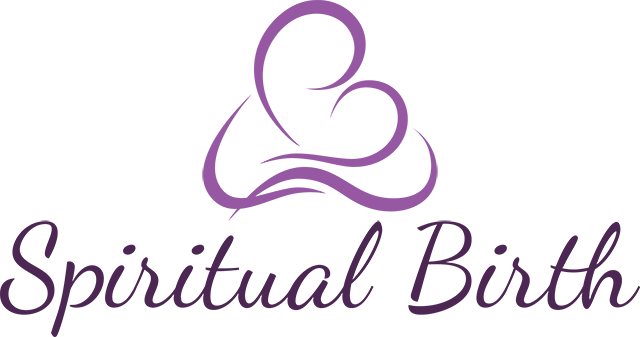
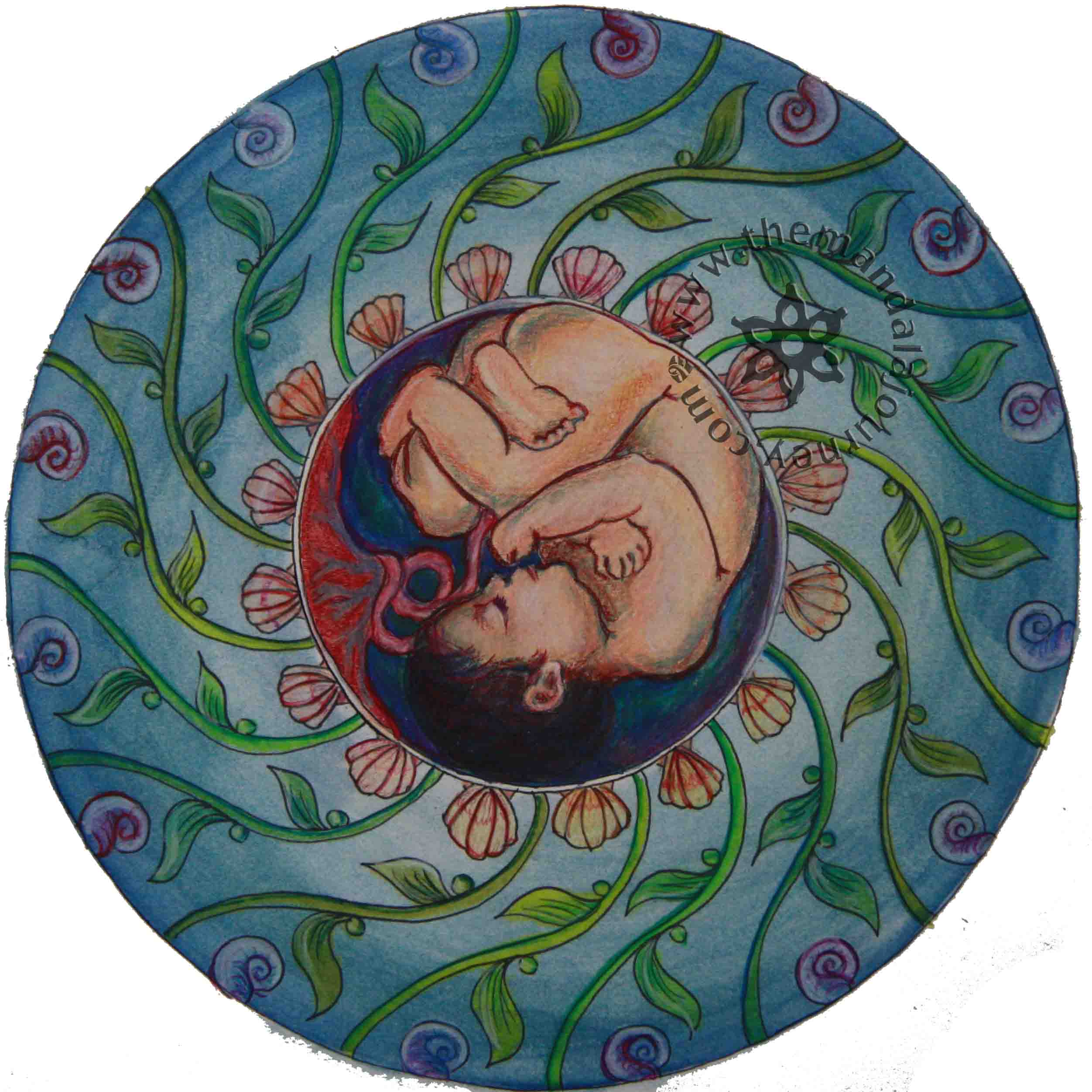
You have done it again.. so inspiring and real !